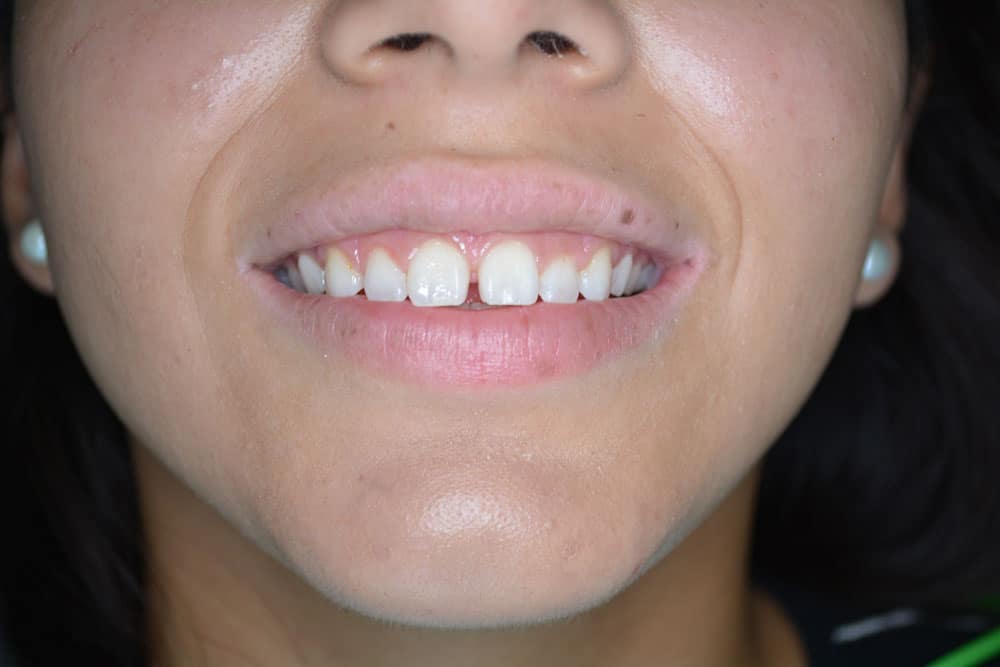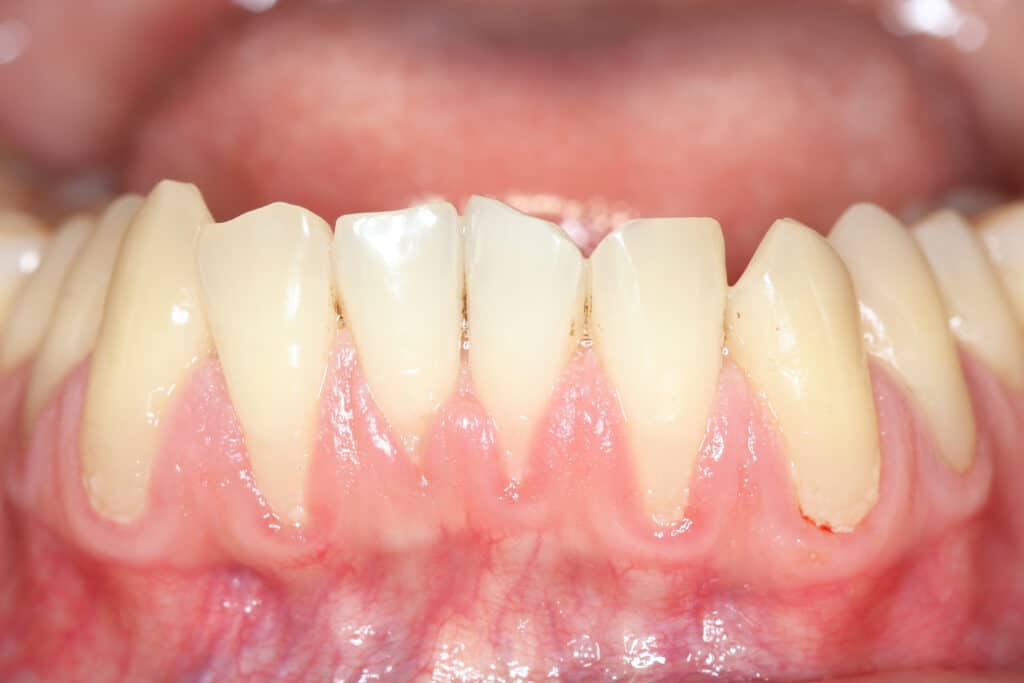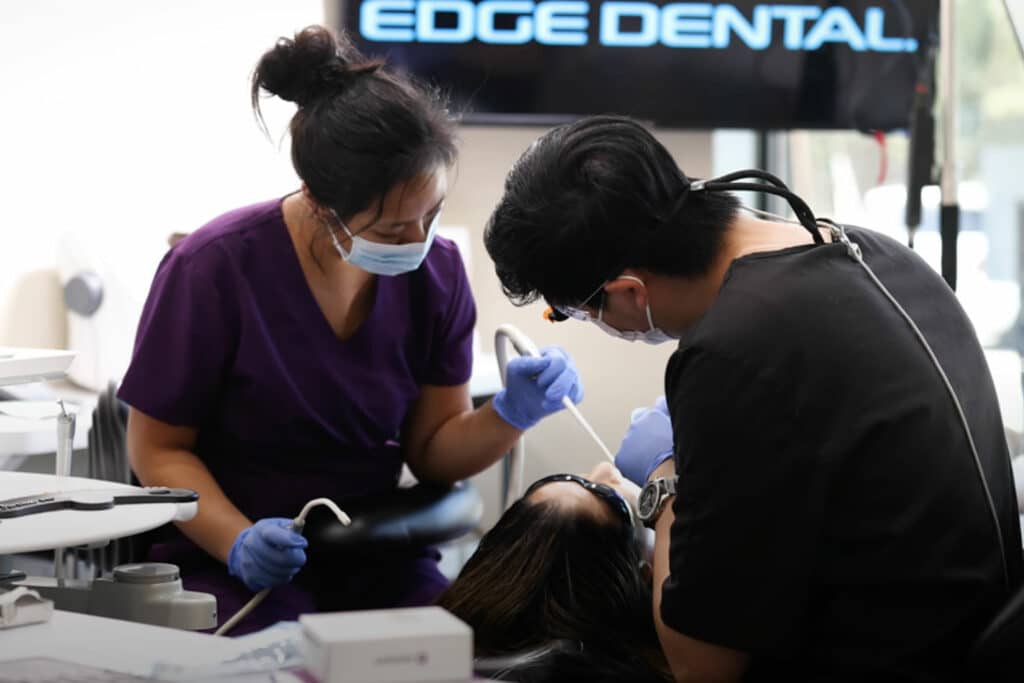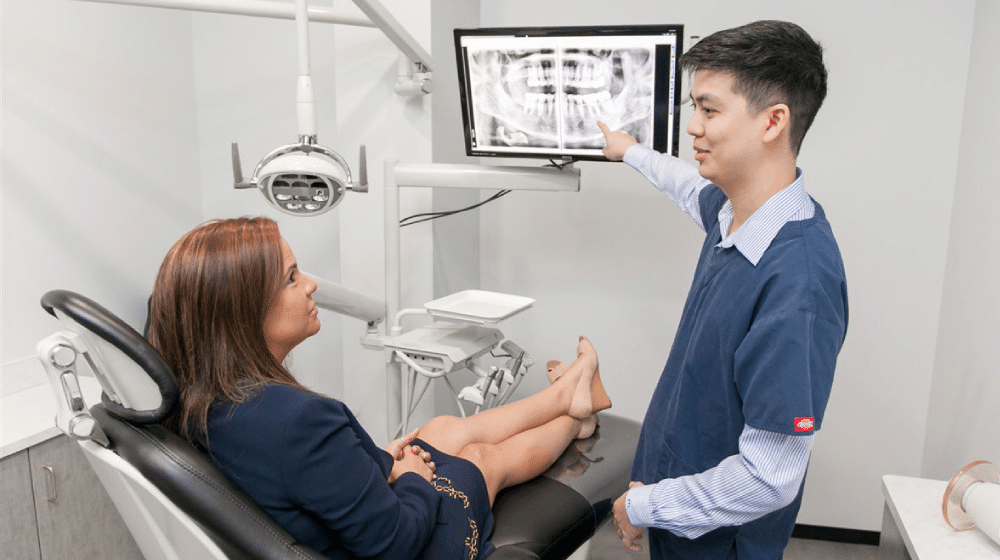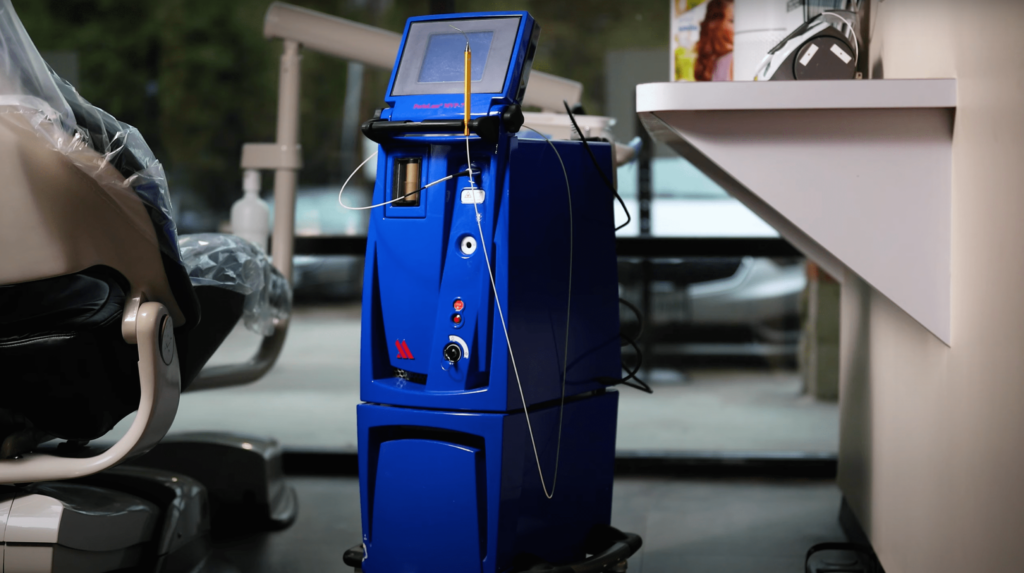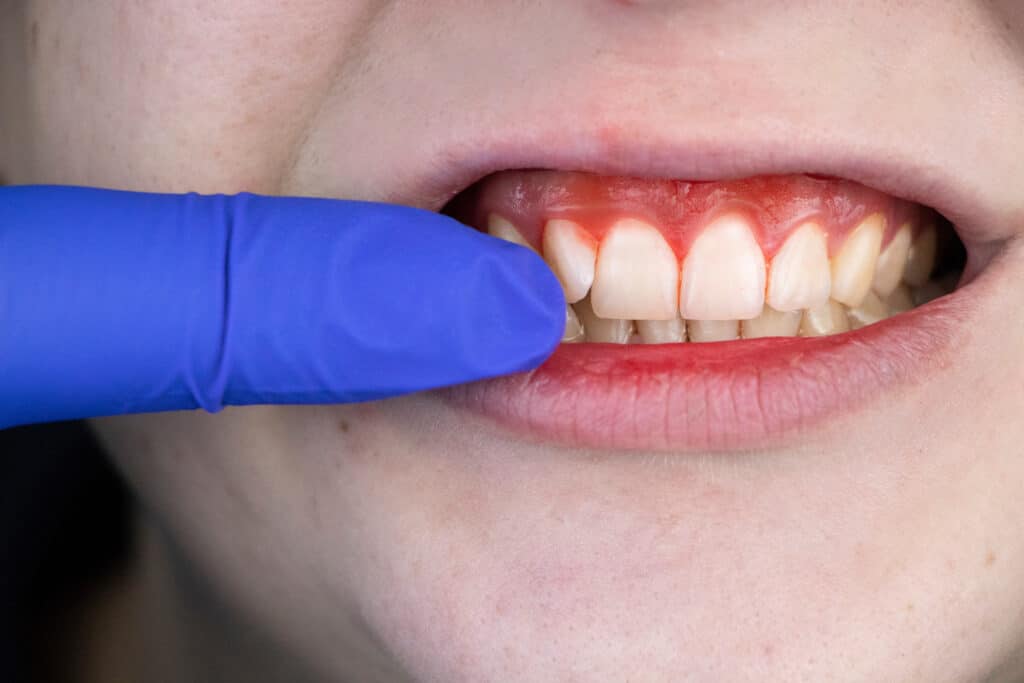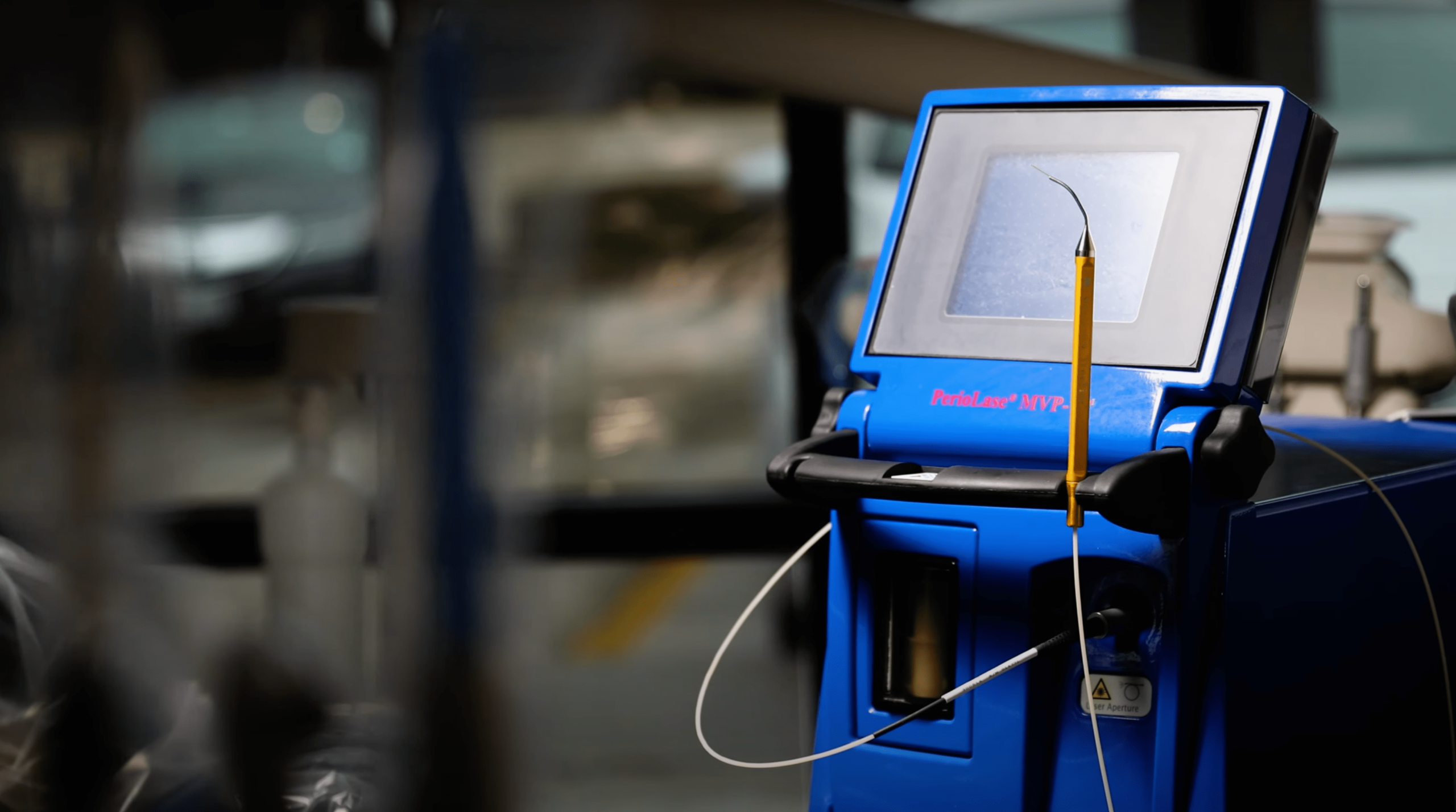As we all know, laser treatments are taking the command in recent times as these are the most current and fast treatments that also don't cause any pain to the area being treated.
Laser treatment is very cost-effective and also provides instant results.
This treatment does not involve the process of drilling or the traditional root canal treatment, which has been centuries.
laser dental cleaning near me in Houston, TX treatment removes infected or dead tissue from a decayed tooth, and laser dentistry has changed the dental methods of root canal procedures. In this, Dentist Near Me detects and kills the harmful bacteria in your teeth.
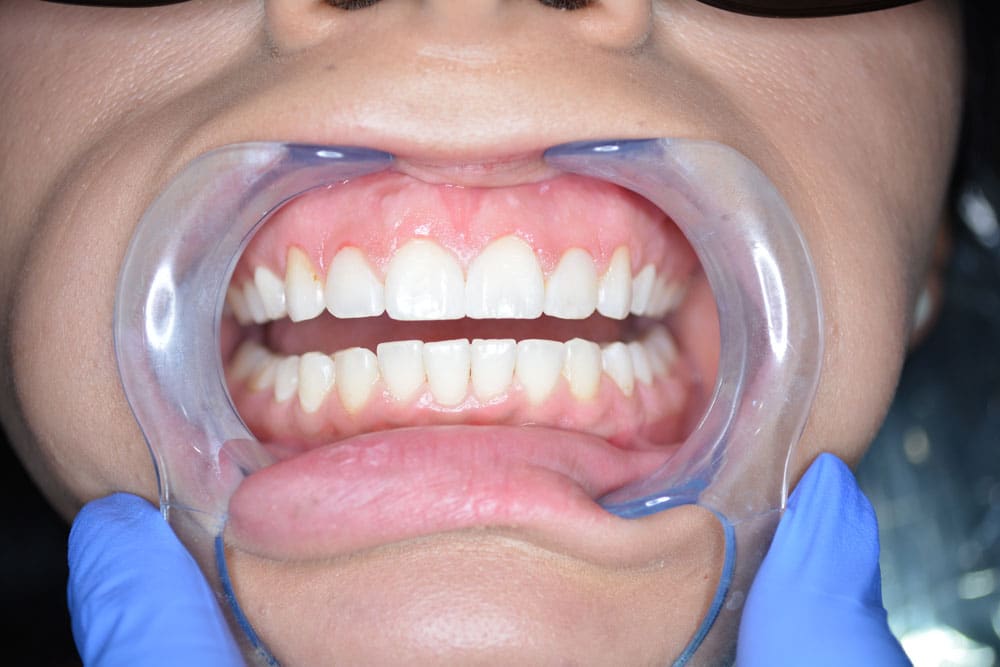
Why is Laser Root Canal Necessary?
Root Canal treatment helps cure damaged or decayed teeth that cannot be sanitized by the brushing or flossing process, which is done daily. The rotten or decayed teeth occur in the innermost area, also known as the pulp, which may become infected and inflamed. In such scenarios, your teeth's pulp exposes to harmful bacteria and gets injured. emergency dental clinic near me in Houston, TX can recommend a root canal treatment to stop further infection and resolve the inflammation in the cavity.
What is the difference between a laser and a traditional root canal?
In the traditional root canal treatment dentist uses a drilling method that can create a small opening in a tin so that the tooth can be treated. Then the damaged tooth is disinfected and cleaned by the filling and packed with a rubber-like solution.
Conversely, the laser root canal treatment follows the same procedure, but the laser light does this in place of the drilling thing. The laser treatment can boil away damaging tissue for greater accuracy, and this processing speeds up the cleaning process considerably. Laser treatment does not provide pain when treating the patient who has the worse condition.
Although the emergency dental office near me in Houston, TX provides patients with both treatments, they can choose according to their suitability by differentiating between the prices.
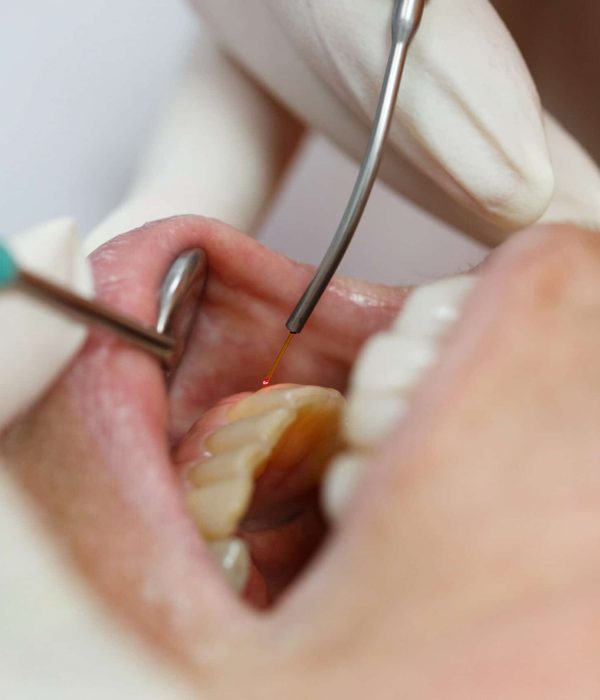
How much time does laser treatment take?
When we compare this treatment with the traditional treatment, then this treatment takes little time. Conventional root canal treatment is very time-consuming, and it may vary on the procedure and severity of your case and takes 5 to 30 minutes.
What are the benefits that laser treatment provides?
There are a few benefits that laser treatment provides:
-
-
- Effective process
- Quick and fast process
- Cost-effective
- Do not require regular visits to the dentist.
- Less invasive
- This is more accurate
- Have no risk
-
Summing it up :
Research and studies confront that the preparation and brushing of root canals using lasers decreases the count of microorganisms, which improves the irrigation solution's ability to penetrate the dentin and remove the smear layer. We hope you liked the article, and it clarifies the difference between laser and traditional treatment.
Article source : https://www.shoutarticle.com/what-is-the-difference-between-the-laser-and-the-traditional-root-canal-treatment/
